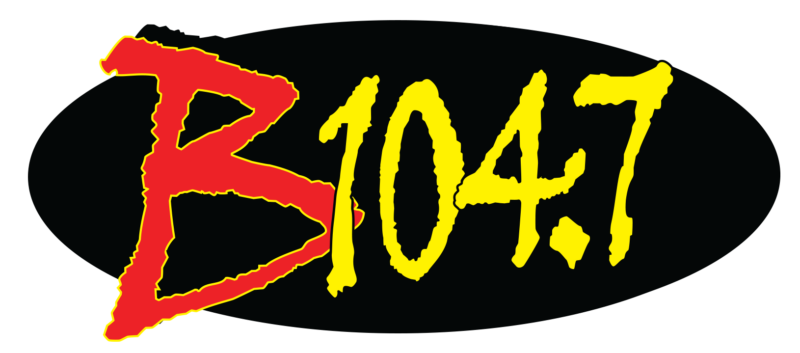K-State announced a round of administrative furloughs amid COVID-19 fiscal hits during a virtual town hall Friday morning.
Unlike emergency furloughs, administrative furloughs are planned reductions made in consultation with the Faculty Senate and University Support Staff Senate. They are one of the ways departments and units at the university are looking to fill budget gaps.
K-State is estimating a $48 million hit so far due to lost revenue and increased cost of operations since March. Another $37 million hit is expected in fiscal year 2021, and declining enrollment and uncertainty in state funding could compound that.
Seven colleges and units will be involved in this round of furloughs, impacting 1,438 faculty and staff. Overall, furloughs this year will cut $8.65 million in short-term costs, affecting 1,868 university employees. That adds to more than $30 million in other reductions including through position elimination and other measures.
“We’re all in this together, there’s nobody untouched that I know of in this pandemic and economic and financial situation that the country’s in,” says President Richard Myers. “I think what you see is […] our attempt to do this as fairly as we possible can and for those in the lowest salary bracket, for sure, try to find a mechanism to help a little bit with philanthropy.”
Department heads had flexibility in regards to the cuts, and furloughs were not a mandatory requirement to meet necessary budget goals. Those that will see furloughs are the College of Agriculture and K-State Research and Extension, College of Architecture, Planning & Design, the College of Arts and Sciences, College of Health and Human Sciences, Division of Communications and Marketing, Office of International Programs and the Office of the President.
Administrators also took voluntary salary cuts of 8.4 percent, including Myers. The furloughs can go into effect after Aug. 9, 2020 through the end of the fiscal year on June 15, 2021.
Furloughs will be broken down by 6 income brackets including $49,999 and less, between $50,000 and $74,999, between $75,000 and $99,999, between $100,000 and $149,999, between $150,000 and $199,999 and those making $200,000 plus.
Temporary employees, graduate and student employees as well as those on H1-B or E-3 visas or on sabbatical are exempt. Other exemptions may include those on emergency furlough or taking voluntary salary reductions, those with term contracts, grant-funded positions and others based on department needs.
The specifics of each department’s furloughs vary depending on their unique budget situation, with the highest impact being held for the higher earners. Under the plan, employees will work with their unit heads to plan a number of non-working furlough days.
“These tiers allow us to have some fine-grained actions in terms of our furloughs,” says Provost Charles Taber. “It also provides flexibility to our unit leaders who face very different budget situations.
“The nature of the job, of the work force, is very different in different parts of the university so a one-size-fits-all was not going to work for us.”
Jay Stephens of Human Capital Services says they chose to go that route as it is less onerous to track than furlough hours. He further says taking an entire day will also help eliminate employees working off the clock and doing tasks during their furlough time, which would violate labor laws.
Stephens says FLSA-exempt employees can choose to take a voluntary salary reduction as opposed to furloughing entire days as well. He says the reduction would be spread out across the fiscal year, though notes those going that route would not be eligible for unemployment. Those on furlough could be eligible.
Furlough days cannot be taken on paid state holidays, though would be allowed during working days during intersessions. Part timers will be paid for furlough days based on their scheduled hours.
Guidance will also be given to supervisors to account for pandemic-related loss of productivity in employee evaluations. Officials say they are also speaking with the Kansas Board of Regents about altering the tenure clock as a result, but say that’s not entirely in KSU’s hands.
Myers says many employees are also eligible for the donor-funded K-State Strong Fund through the Foundation, noting it could be of assistance in light of the furloughs. He is also looking toward SPARK funds as a possible help in acquiring PPE and increasing testing capabilities.
“This is a very noble profession that’s going through some real stress right now,” says Myers. “People care. The Association of Public Land Grant Universities is working every one of these issues we talked about today, Congress is involved.
“Let’s move forward together. We’ve got less than a month before students start arriving, we’ve got a lot of work to do before then to make sure their experience — which is the reason we exist — is the best we can possibly make it be. I thank you all for all you do every day, all the hard work you put in to make K-State the great university it is.”
Employees are encouraged to read this FAQ and to reach out to their unit heads for further clarification.
The post K-State administrative furloughs to impact 1,400 workers appeared first on News Radio KMAN.
